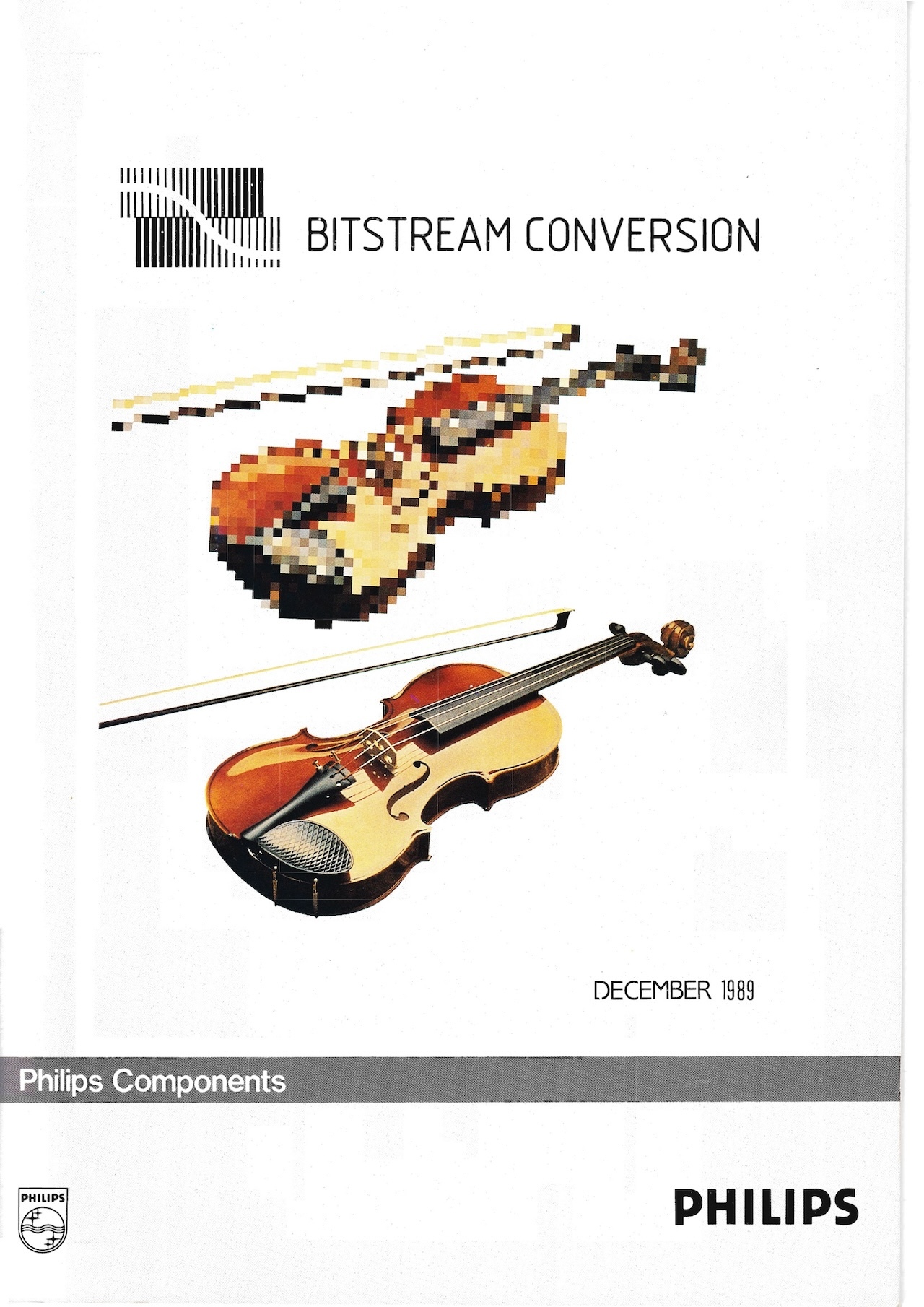Philips Bitstream A/D D/A Conversion
Philips Bitstream A/D D/A Conversion

Background –
Philips Bitstream Conversion is the technique of converting binary samples (eg. 16 bit words) into an one-bit code representing two levels (‘O’ and 1′), using Oversampling, Noise-shaping and Pulse Density Modulation (PDM). The Bitstream thus created is converted into an analogue signal using a switched capacitor bit-converter circuit. The very first Bitstream D/A converter for digital audio application was introduced by Philips Components in 1987, type No.SAA7320.
There are other variations of this concept in use today. For example MASH (Multi Stage Noise Shaping) is a patented technique developed by Nippon Telephone and Telegraph (NTT) of Japan. MASH and other similar concepts convert the binary data samples into a data stream representing more than two levels (eg. 7 – 16 levels) by Oversampling, Noise-shaping and Pulse Width Modulation (PWM) [also referred to as Pulse Edge Modulation (PEM) or Pulse Length Modulation (PLM)]. The data stream thus created is converted into an analogue signal using a low pass filter.
Having recognized the major benefits, the digital audio industry is now adopting A/D, D/A conversion techniques based on these new concepts, which is revolutionizing the digital audio market. The software industry is also following this new trend with the release of Compact Discs recorded using Bitstream A/D conversion techniques. Audio critics of hardware and software alike are unanimously applauding the improvements in sound quality as a result of this new trend.
